As the echoes of Holi faded, the vibrant festival of Ranga Panchami brought another wave of joy and devotion across India. Celebrated five days after Holi, this festival holds deep spiritual significance, symbolizing the victory of positive energies over negativity. While Holi is widely known for its social celebrations, Ranga Panchami is rooted in religious traditions, where devotees believe that playing with colors on this day is a way to honor divine energies and seek blessings for prosperity and happiness. Observed with great enthusiasm in Madhya Pradesh, Maharashtra, and North India, the festival unites communities in a spectacular display of culture, faith, and festivity.
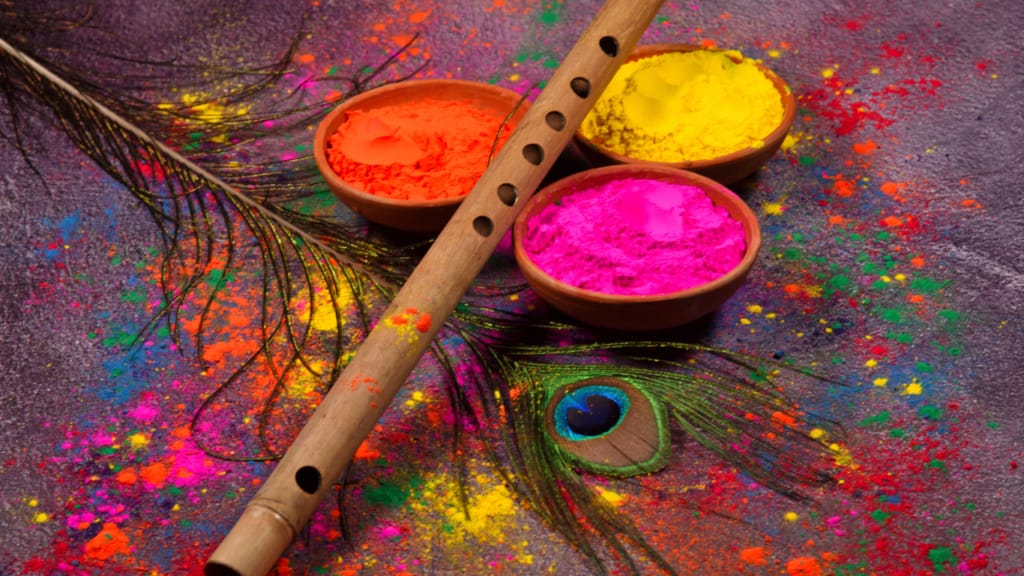
In Indore, Ranga Panchami is celebrated with grand processions where water tankers spray Gulal over thousands of people, creating a mesmerizing scene of floating colors. Accompanied by drumbeats and folk performances, the city comes alive with unmatched energy. People dance, sing, and celebrate together, breaking social barriers and embracing unity. In Maharashtra, cities like Mumbai and Pune see vibrant Dhol-Tasha processions, temple prayers, and cultural performances that add to the spiritual essence of the festival. Temples across North India are decorated beautifully, where devotees engage in ritualistic color play as an offering to the gods, reinforcing the belief that colors purify the soul and remove negativity.
Beyond its religious significance, Ranga Panchami serves as a powerful symbol of unity and togetherness. It is a festival that brings people closer, dissolving differences and spreading joy in every corner. As the colors settle and the celebrations come to an end, they leave behind a profound message—life, much like Ranga Panchami, is meant to be embraced with positivity, devotion, and love.


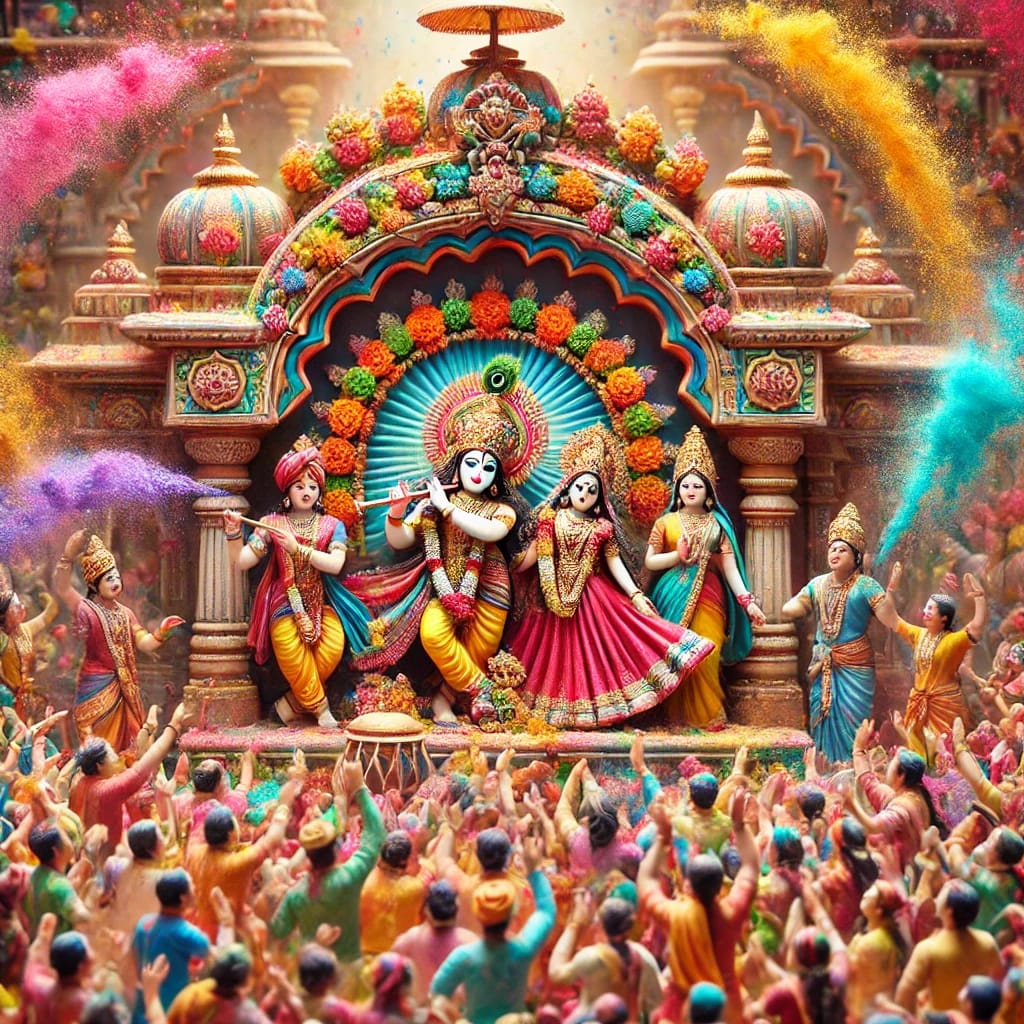
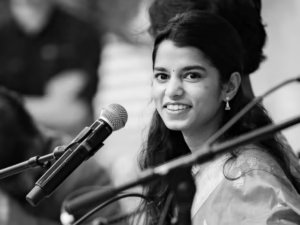
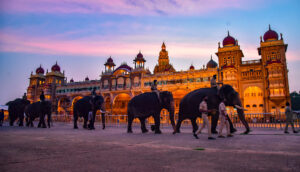
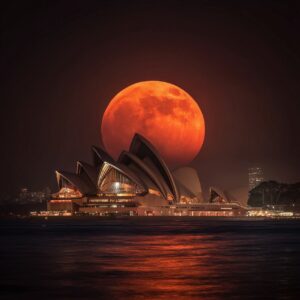

More Stories
Maithili Thakur: From Folk Singing Sensation to Rising Political Star
Mysuru Dasara: The Royal Festival of Karnataka – History, Culture, and Celebration
Blood Moon Over Sydney: Unveiling the Celestial Show with Telephoto Magic